Water splashing
This is a simulation of water splashing.
A C program applies the wave equations to a grid and creates the three wave effects: a sinusoidal source on the left, a circling point, and a raised rectangle that disappears after part of the frames.
The program displays a preview of dots using OpenGL, and can output heightfields, which I had POV-Ray render, here.
I want an effect close to this one for the liquid in the wine bottle in another project.

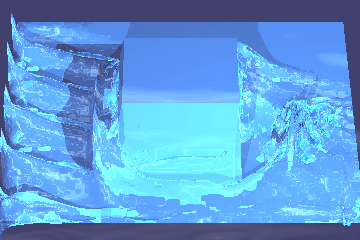
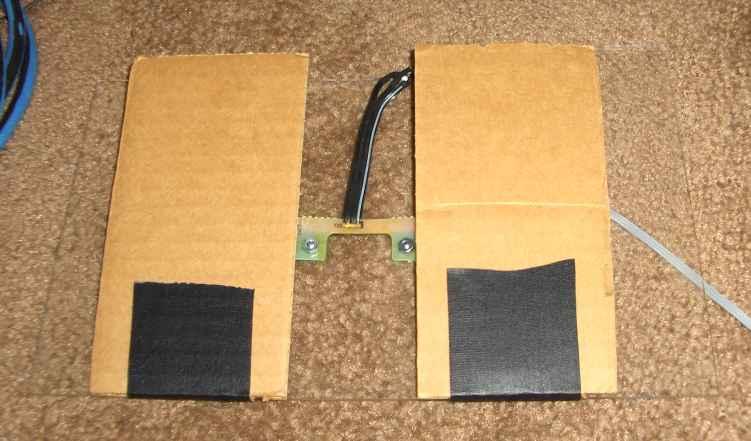
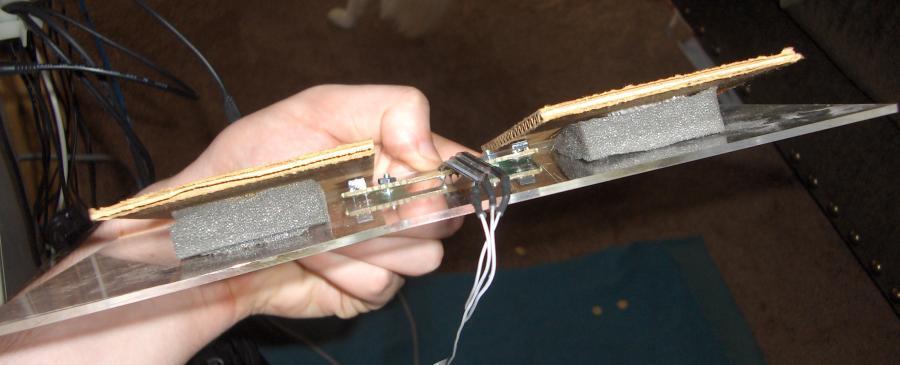
 ->
-> ->
->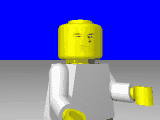
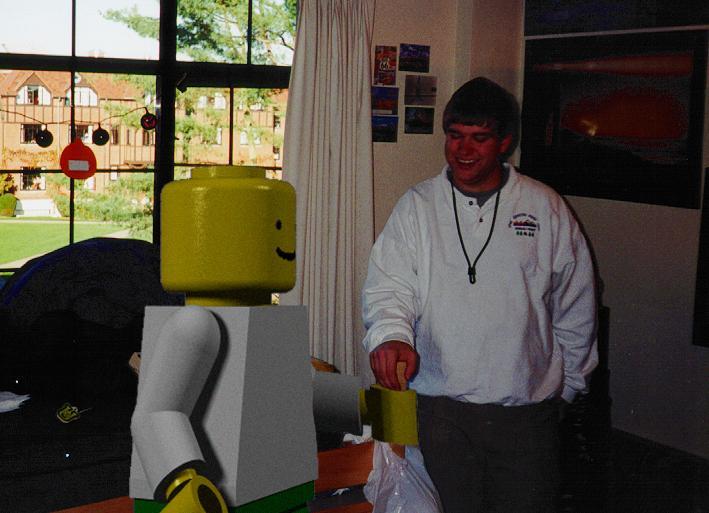 Lego visits my friend John in his dorm room.
Lego visits my friend John in his dorm room.  Lego rides a motorcycle (two frames of video stitched together over a picture of Highway 1)
Lego rides a motorcycle (two frames of video stitched together over a picture of Highway 1) 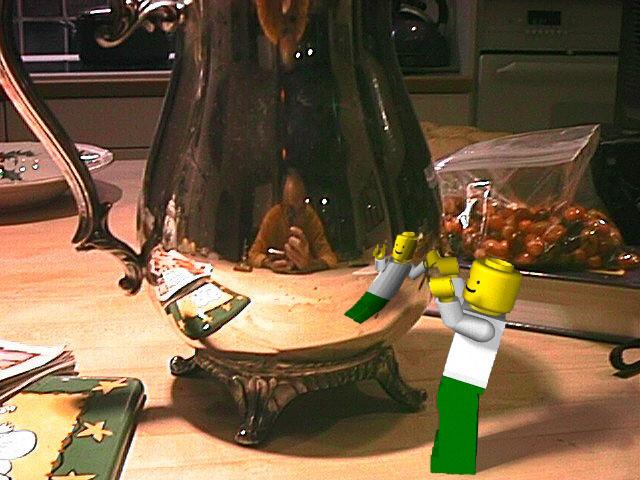 Lego sees his own reflection in a pitcher at Anna's house. You can see some reflections of her dad taking the picture.
Lego sees his own reflection in a pitcher at Anna's house. You can see some reflections of her dad taking the picture.  Lego sees his reflection in water
Lego sees his reflection in water